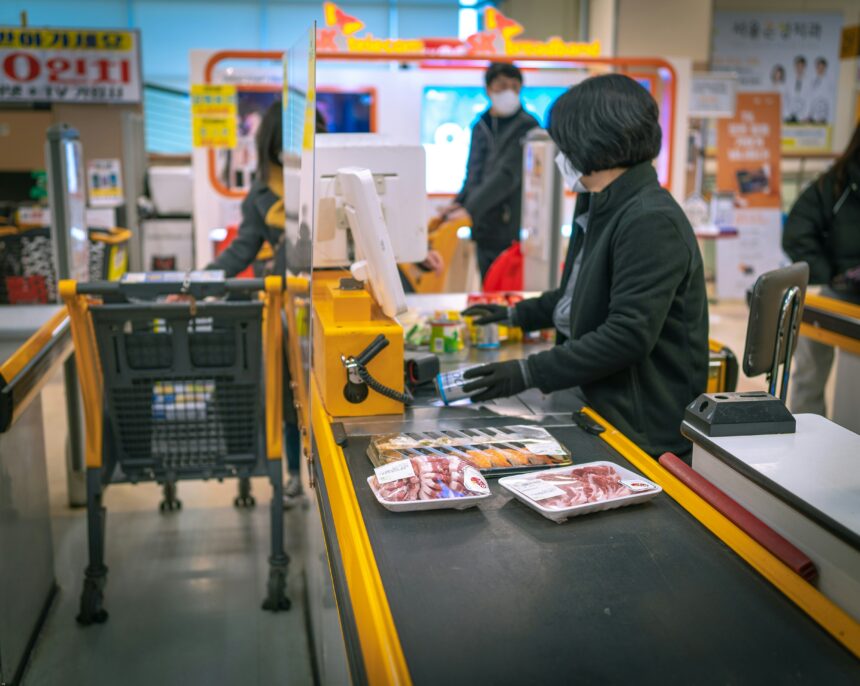Unemployment rises but economic outlook remains stable
Australia’s seasonally adjusted unemployment rate climbed unexpectedly to 4.3% in June 2025, up from 4.1% in May. This marks the highest rate since late 2021, raising concern at first glance. However, a deeper look reveals a more positive narrative behind the numbers.
The increase in unemployment didn’t come from job losses—it came from more people entering the workforce. This rise in labour force participation indicates growing confidence and long-term economic potential. While no new employment growth was recorded, the uptick reflects more Australians actively seeking work.
Government-driven sectors keep economy afloat
June data from the Australian Bureau of Statistics shows employment growth only occurred in the non-market sector, mainly health care, education, and public administration. These jobs, often government-funded, were led by the expanding need for social assistance and aged care support.
This trend means the private economy experienced slight contraction in jobs, pointing to a market currently supported by public sector investment. However, strong demand in care industries has helped prevent deeper declines across the broader labour market.
Simultaneously, total hours worked declined, reinforcing signs of a cooling employment cycle. After a robust finish to 2024, 2025 has so far shown a steady slowdown in job creation.
Why this could lead to a rate cut soon
One major takeaway is that the labour market is no longer adding pressure to inflation. In fact, it might be doing the opposite. Last week, the Reserve Bank of Australia (RBA) held the cash rate at 3.85%, surprising economists. But with unemployment rising and hours worked falling, the case for a rate cut becomes stronger.
This new data strengthens the argument for monetary easing. It supports the view that inflationary forces are subsiding. The RBA’s next decision is due August 12, and a cut now looks not only possible but increasingly overdue.
A temporary spike or a long-term shift?
Some of June’s unemployed may already have job offers starting in July. If true, that would make this month’s rise in unemployment more of a blip than a long-term trend. Next month’s figures will be vital in confirming the direction of the job market.
Even so, there’s broad consensus that employment growth is slowing. The economy remains stable, but it’s clearly cooling. This adjustment may help ease cost-of-living pressures while giving the RBA space to move on interest rates—something households across the country would welcome.







